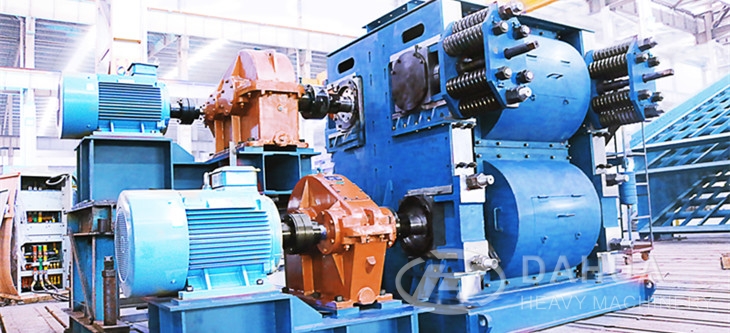(1) The two motors of the crusher must be started up without loading, to avoid being blocked up. That is to say, start the crusher first, then the feeder. When stop it, feeder first, and then the crusher.
(2) Non-crushed materials should be taken out before they get into the hopper. Iron mover or any other methods can be put to stop them. Otherwise, it is easy to cause low productivity and abnormal wear of roller sheets, even serious accidents.
(3) Materials must be equably distributing along the length of roller to improve throughput and be sure as little wearing of the roller surface as possible.
(4) The safety adjustment springs must have enough compressive stress during operation, to ensure the product granularity and output.
(5) The material while feeding can not be too big for avoiding wearing of the roller husk.

(6) The temperature rise of bearing can NOT be over 35℃, and the highest temperature can NOT be over 80℃.
(7) Make sure the central line of roller shaft be parallel during operation.
(8) The even feeding must be assured to avoid wearing of roller parts.
(9) The service life of mill roller is related to the property of crushing material. When the wearing length of roller sheet is over than 40mm, it must be replaced with a new roller sheet.
(10) With different materials, the wear degrees are also different. So regularly inspect the final granularity is needed. If it is too big, adjust the distance of mill rollers.
(11) Add once a time for bearing foundation each 15 days with Lithium Base Grease. Replace lubricant oil for 3 months. Use new and clean gas or kerosene to completely clean bearings and the lubrication oil added should be the 50-60% of the whole volume.
(12) Replace lubrication oil according to instruction manual and seasons.

